5 Spicy Secrets to Mastering Indian Chicken Seasoning Like a Pro
Table of Contents
- Why Indian Chicken Seasoning is the MVP of Global Spice Traditions
- The 5 Secret Ingredients Behind Perfect Indian Chicken Seasoning
- Pro Tips for Using Indian Chicken Seasoning Like a Culinary Rockstar
- Garam Masala vs. Curry Powder: The Ultimate Showdown
- 3 Killer Recipes That’ll Make You a Chicken Seasoning Guru
- Final Thoughts: Why Every Kitchen Should Have Indian Chicken Seasoning
Why Indian Chicken Seasoning is the MVP of Global Spice Traditions
Let’s face it — your average chicken dinner can be as exciting as watching paint dry. But toss in a handful of Indian chicken seasoning, and suddenly you’re in flavor heaven.
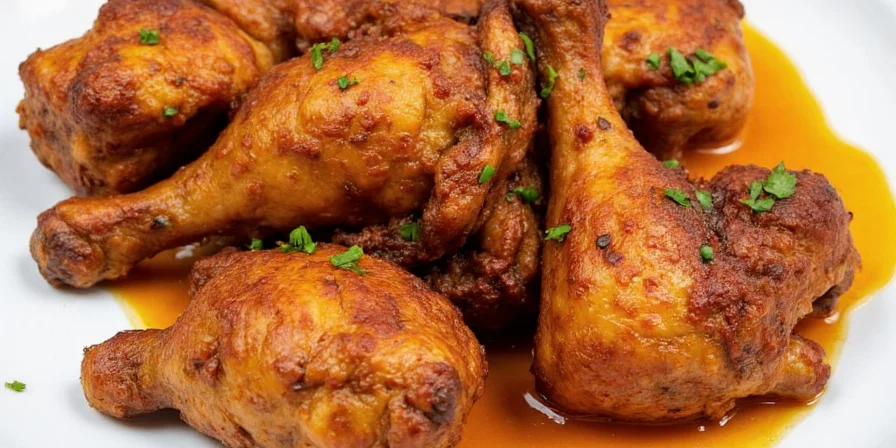
Indian cuisine has been spicing up global kitchens long before Instagram made it cool. Whether it’s garam masala, turmeric, or fenugreek doing the heavy lifting, these blends are more than just heat — they're history, culture, and a little bit of magic all packed into a shaker.
The 5 Secret Ingredients Behind Perfect Indian Chicken Seasoning
- Cumin: The backbone of any great Indian spice blend. It adds earthiness and depth that makes your mouth say “thank you” without even asking.
- Coriander: Think of this as the sweet, citrusy cousin of cumin. It rounds out the flavor profile like a perfect jazz combo.
- Turmeric: Not just for color! This golden spice brings a mild bitterness and anti-inflammatory powers that your yoga instructor would definitely approve of.
- Garam Masala: The final flourish. This warm, aromatic mix usually includes cardamom, cloves, cinnamon, and black pepper. Sprinkle on top before serving for that restaurant-quality punch.
- Chili Powder: For those who like a little (or a lot) of fire in their fire chicken. Adjust according to how brave you feel that day.
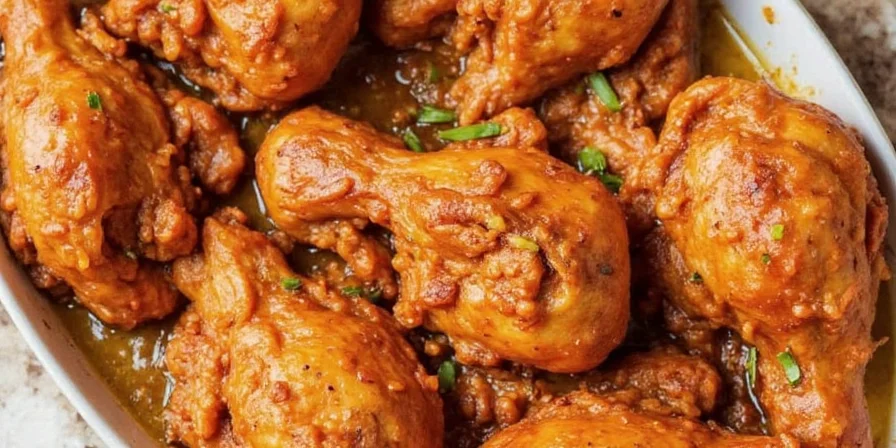
Pro Tips for Using Indian Chicken Seasoning Like a Culinary Rockstar
- Dry Rub vs. Marinade: If you’ve got time, marinate your chicken with yogurt or lemon juice plus your spice blend for at least an hour. The flavors go from “eh” to “OMG” in no time.
- Toasting the Spices: A quick toast in a hot pan before applying them wakes up the oils and aromas like a morning coffee for your dish.
- Layer the Flavors: Start with whole spices like mustard seeds or cumin seeds, let them pop in oil, then add ground spices. Layering = winning!
- Salt is Your Friend (But Don’t Overdo It): Salt pulls out moisture and helps the spices stick. But remember — garam masala often contains salt already!
- Freshness Matters: Store your spices in airtight containers away from light and heat. Old spices are like expired makeup — not dangerous, but definitely not pretty.
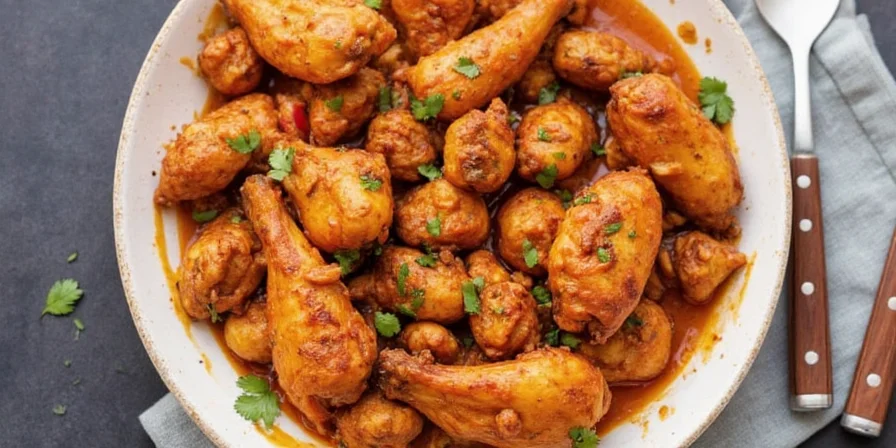
Garam Masala vs. Curry Powder: The Ultimate Showdown
| Feature | Garam Masala | Curry Powder |
|---|---|---|
| Flavor Profile | Warm, aromatic, complex | Earthy, spicy, sometimes bitter |
| Main Spices | Cardamom, cinnamon, cloves, cumin, coriander | Turmeric, cumin, coriander, fenugreek, chili powder |
| Usage | Added toward end of cooking for fragrance | Used early in cooking to infuse flavor |
| Heat Level | Mild to moderate | Moderate to very hot |
| Common Dishes | Korma, biryani, rogan josh | Curries, stews, grilled meats |
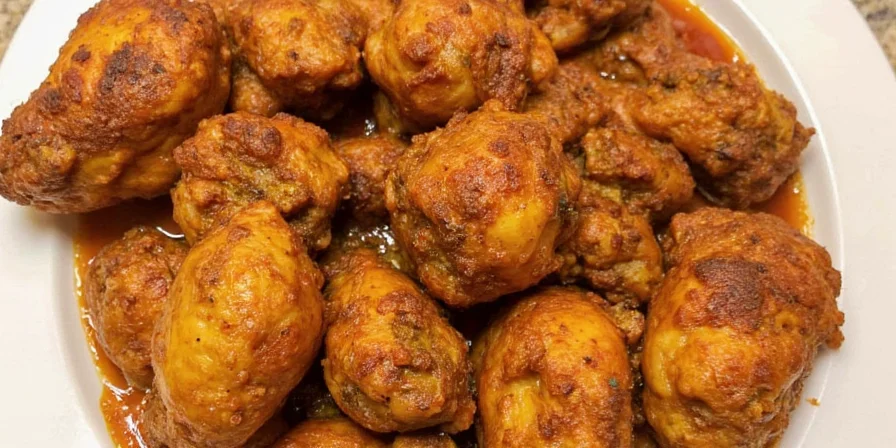
3 Killer Recipes That’ll Make You a Chicken Seasoning Guru
- Garlic Butter Chicken Tikka Masala: Marinate chicken in yogurt, garlic, ginger, and your homemade spice mix. Grill or bake, then simmer in a creamy tomato sauce. Serve with naan and watch your guests melt into bliss.
- Spiced Chicken Tacos with Mango Slaw: Use Indian-seasoned grilled chicken as taco filling. Top with tangy mango slaw and a drizzle of lime crema. Fusion done right.
- Chicken Biryani Bowl: Layer your seasoned chicken with saffron-infused rice, fried onions, and a dollop of raita. It's like a party in your mouth — and everyone’s invited.
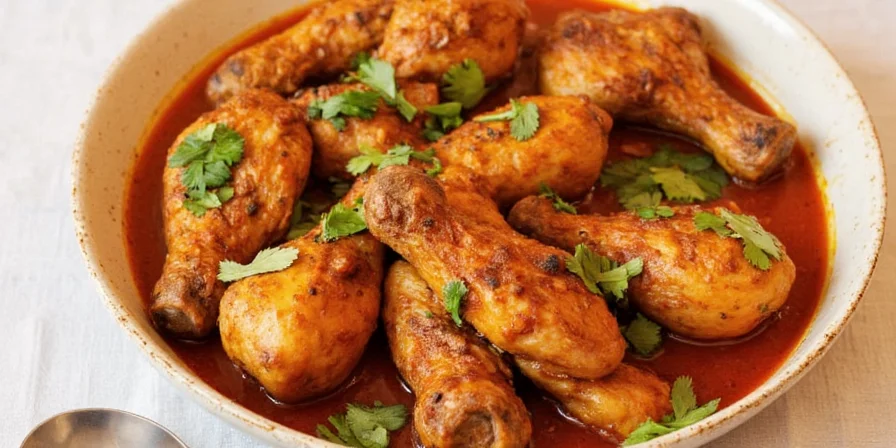
Final Thoughts: Why Every Kitchen Should Have Indian Chicken Seasoning
Indian chicken seasoning isn’t just a spice blend — it’s a flavor passport. With just a few scoops, you can transport your taste buds from your kitchen to the bustling streets of Delhi or Mumbai.
Whether you’re a seasoned chef or a curious home cook, mastering this spice mix will open doors to endless culinary adventures. So go ahead, grab your mortar and pestle, and start spicing up your life — one chicken breast at a time.
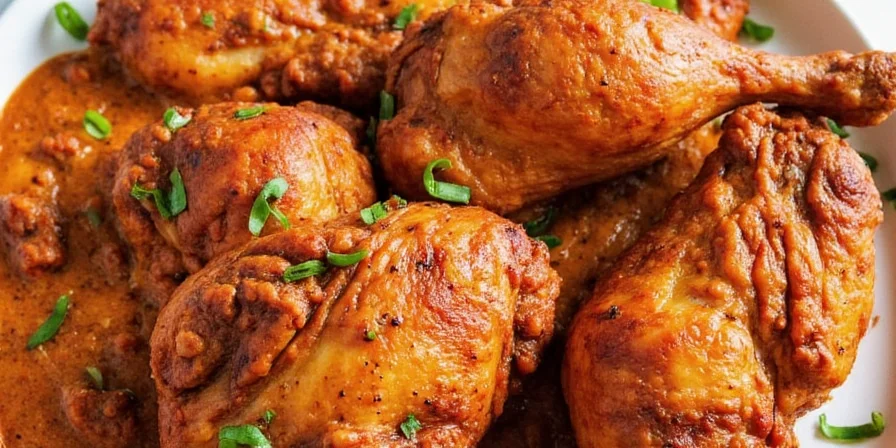

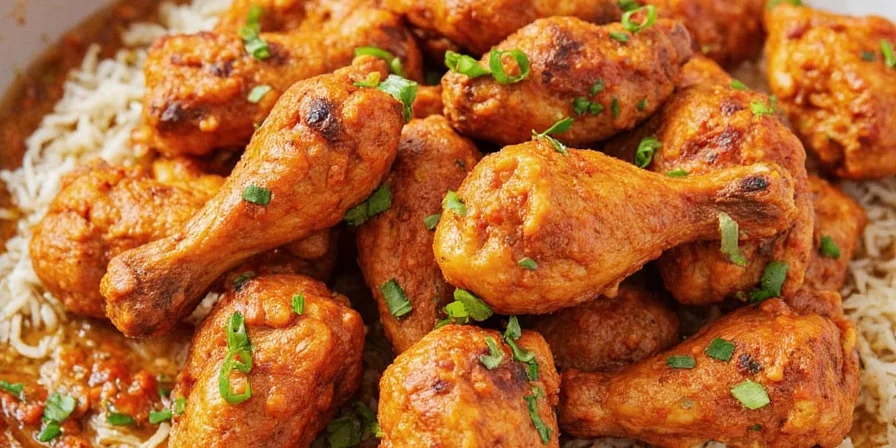









 浙公网安备
33010002000092号
浙公网安备
33010002000092号 浙B2-20120091-4
浙B2-20120091-4